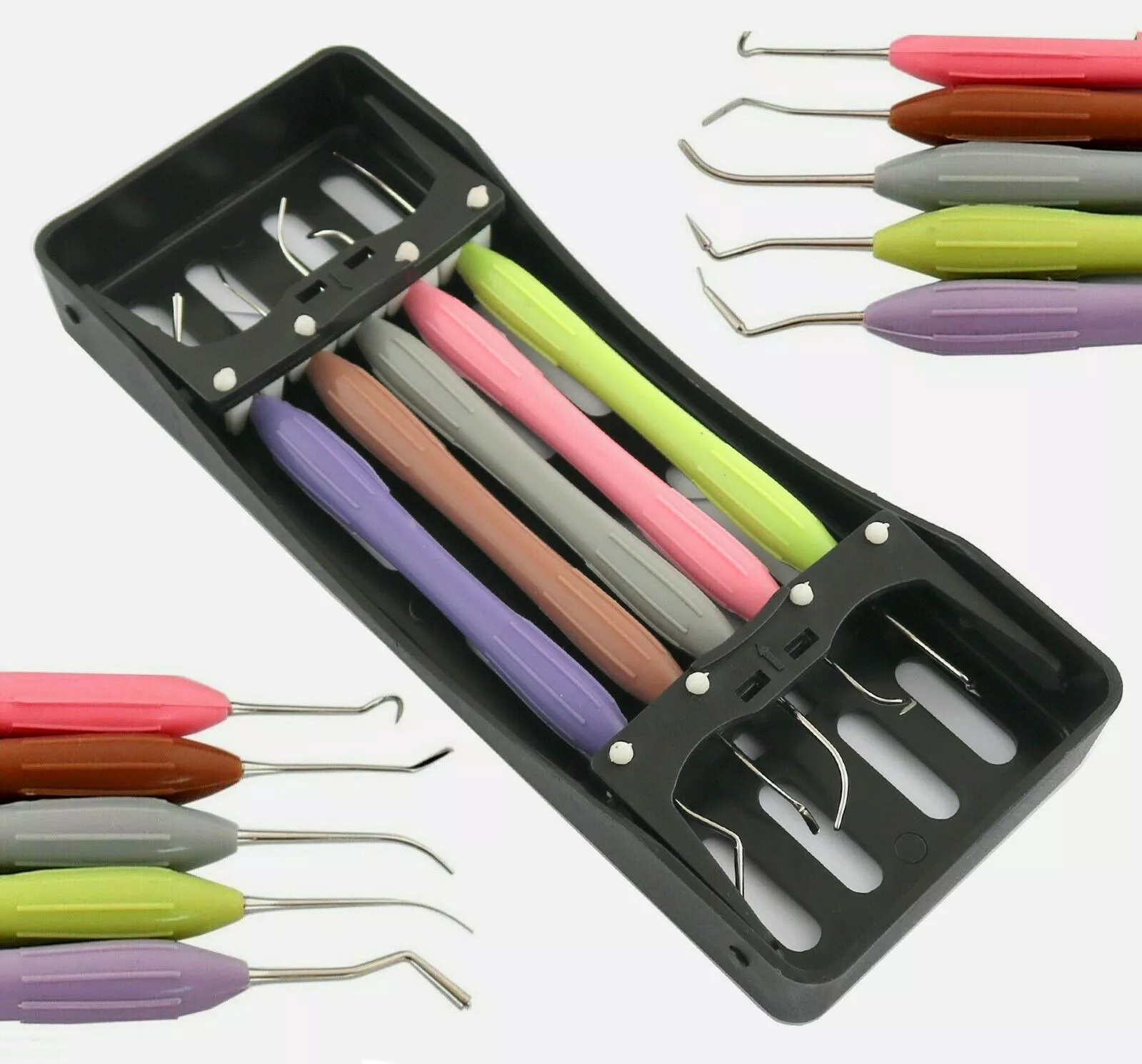Introduction: What Are Composite Filling Instruments?
In modern restorative dentistry, composite filling instruments are essential tools used to place, sculpt, and contour composite resins during dental fillings. With the growing demand for natural-looking restorations, these instruments have become standard in both general and cosmetic dental practices. They are designed for precision, ensuring that the composite material adheres properly, blends seamlessly with surrounding teeth, and lasts over time.
Whether you’re working with anterior or posterior restorations, selecting the right dental composite filling instruments can significantly impact the outcome of your procedures. From placement to final polishing, each step requires a specialized tool tailored for accuracy, control, and aesthetics.
Bone Graft Dental Procedures and Their Connection to Restorative Dentistry
Though bone graft dental procedures are primarily associated with implantology, they also play an important role in long-term restorative success. In many cases, a compromised bone structure needs to be restored before a dentist can consider restorative or cosmetic work. Bone grafting supports jawbone stability, ensuring that teeth—whether natural or restored—have the support they need for function and durability.
Once grafting is complete and the patient is ready for fillings or other restorative treatments, having precise dental filling tools becomes crucial. Composite restorations are often the finishing touch after periodontal treatment or implant procedures, and achieving a natural result requires high-quality instruments and techniques.
Types of Dental Composite Filling Instruments
1. Composite Placement Instruments
These tools are designed to carry and place the composite material into the cavity preparation without introducing air bubbles. They feature non-stick surfaces, often coated with titanium or PTFE (Teflon), to prevent material from sticking during placement.
2. Carvers and Shapers
After placement, composite needs to be sculpted to match the natural anatomy of the tooth. Carvers and contouring instruments help refine the surface, especially in posterior restorations where occlusion and function are key.
3. Condensers and Pluggers
Used to compress composite material into cavity preparations, these tools help eliminate voids and ensure a strong bond with the tooth structure.
4. Burnishers
Burnishers smooth the composite surface and enhance marginal adaptation. They are particularly useful for blending the restoration with the natural tooth structure.
5. Polishing and Finishing Instruments
To complete the restoration, polishing instruments help achieve a smooth, high-gloss finish that mimics enamel. This step is crucial for aesthetics and longevity.
Material and Design Considerations
When selecting dental composite filling instruments, it’s important to consider the materials used. High-quality stainless steel or titanium-coated tools offer durability, while ergonomic, lightweight designs reduce hand fatigue during long procedures.
Non-stick coatings are especially important when working with resin-based composites, which tend to adhere to metal. Smooth instrument tips allow for better handling of the material without dragging or pulling.
The Role of Dental Filling Tools in Implantology Dental Work
Restorations Following Implants
In implantology dental treatments, composite restorations often follow crown placement or are used to refine aesthetics around implant-supported prosthetics. Tools used in implantology should be adaptable for both surgical and restorative phases, offering precision during every step.
Interproximal and Contact Area Control
In implant-supported crowns or bridges, creating a tight contact and proper contour is essential. Composite instruments with fine tips help dentists access interproximal areas and adjust margins without damaging surrounding tissues.
Maintenance and Sterilization of Composite Instruments
Proper maintenance is key to extending the life of your dental composite instruments. These tools should be cleaned immediately after use to prevent resin from hardening on the surface. Autoclavable instruments should be stored in sterilization cassettes to avoid contamination and maintain organization.
Look for instruments that are resistant to corrosion, compatible with ultrasonic cleaners, and retain their shape after repeated use. Quality instruments not only improve clinical outcomes but also save money over time.
Benefits of Using High-Quality Composite Filling Instruments
-
Improved patient comfort due to faster, more efficient procedures
-
Enhanced aesthetics through better sculpting and shaping
-
Durable restorations with fewer air pockets or voids
-
Time savings thanks to ergonomic design and non-stick surfaces
-
Consistency in results, especially for posterior fillings and multi-surface restorations
Conclusion: Equip Your Practice with the Right Tools for Success
Composite restorations are a cornerstone of modern dentistry, and the right instruments can make all the difference. From anterior aesthetics to posterior durability, composite filling instruments help dentists achieve long-lasting, visually pleasing results.
For practices that also offer implantology or oral surgery, integrating complementary tools such as dental elevators for atraumatic extractions and dental implant supplies for surgical procedures ensures comprehensive care. Investing in quality instruments not only elevates your treatment standards but also builds patient trust and satisfaction.
